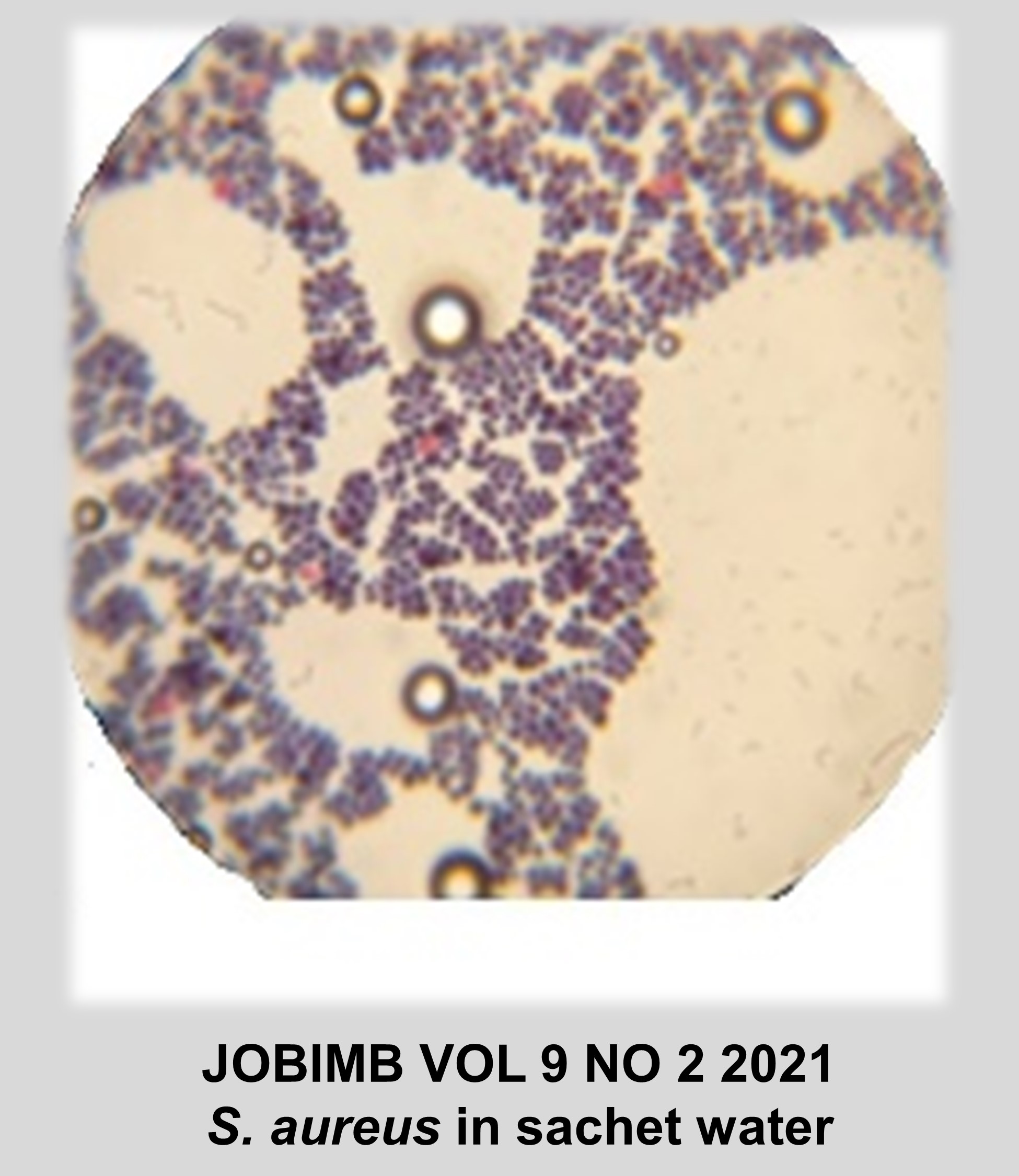An Acrylamide-degrading Bacterial Consortium Isolated from Volcanic Soi
DOI:
https://doi.org/10.54987/jobimb.v9i2.612Abstract
In soil, polyacrylamide is a key source of acrylamide because it slowly decomposes into acrylamide. There has been a modest but steady rise in worldwide interest in microbe-mediated acrylamide decomposition as a bioremediation method. A bacterial consortium isolated from the volcanic soil of Mount Marapi, West Sumatra, Indonesia, was able to thrive on acrylamide in this study. Acrylamide-degrading bacteria grew best in the presence of 1 %(w/v) glucose with acrylamide as the sole nitrogen source. Optimum growth occurs in between 300 and 500 mg/L of acrylamide, pH between 6.5 and 8.0, and temperatures between 30 and 35 °C. The consortium can also grow on acetamide as the sole nitrogen source. Toxic heavy metals, such as mercury, silver and copper slowed down the growth of this consortium on acrylamide. This is the first report of an acrylamide-degrading consortium isolated from volcanic soils.
Downloads
Published
How to Cite
Issue
Section
License
Authors who publish with this journal agree to the following terms:
- Authors retain copyright and grant the journal right of first publication with the work simultaneously licensed under a Creative Commons Attribution License (http://creativecommons.org/licenses/by/4.0) that allows others to share the work with an acknowledgement of the work's authorship and initial publication in this journal.
- Authors are able to enter into separate, additional contractual arrangements for the non-exclusive distribution of the journal's published version of the work (e.g., post it to an institutional repository or publish it in a book), with an acknowledgement of its initial publication in this journal.
- Authors are permitted and encouraged to post their work online (e.g., in institutional repositories or on their website) prior to and during the submission process, as it can lead to productive exchanges, as well as earlier and greater citation of published work (See The Effect of Open Access).



